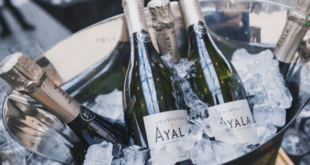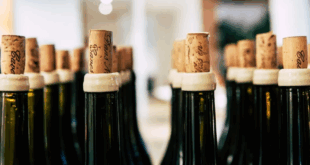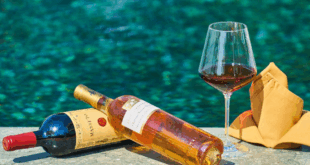Mead or Honey Wine, having been almost confined to tourist gift shops, is making something of a come back. Apparently the resurgence is due to the popularity of historic dramas such as “Game of Thrones.” It is of course widely associated with myths and legends.
What is Mead
It is one of the oldest alcoholic drinks, evidence of mead predates that of wine and beer with evidence of its existence stretching from Europe to China. Prior to the growth in beer brewing, it was the most popular tipple in areas too cold for viniculture. It is a simple drink, the ingredients are honey and water. Today, meadsters use commercial wine yeasts for fermentation, but in the past, they relied on wild yeasts.
The common image of a high alcohol ridiculously sweet beverage needs forgetting. As with honey, where the bees have been, influences flavour. Meadsters make dry, medium and sweet variants. The strength can be anything from around 4% up to 20% for fortified drinks. You can find, still, naturally sparkling and carbonated types. So don’t write it off if you don’t like the first one you try.
Metheglin
Not a name that easily rolls off the tongue, metheglin is the correct term for flavoured mead although it is rarely in use. Meadsters can use all sorts of natural flavourings, fruits, spices and herbs. Historically making use of what was available locally giving different regional characteristics.
Avoiding Confusion
Grape wines sweetened with honey, whilst they may be enjoyable are not meads. Some purists may object to the term being applied to those fortified with neutral spirits. I’ll remain neutral on that topic, one of the most popular and readily available, Lindisfarne Mead is fortified.
 Vino-Club For Wine Lovers
Vino-Club For Wine Lovers






